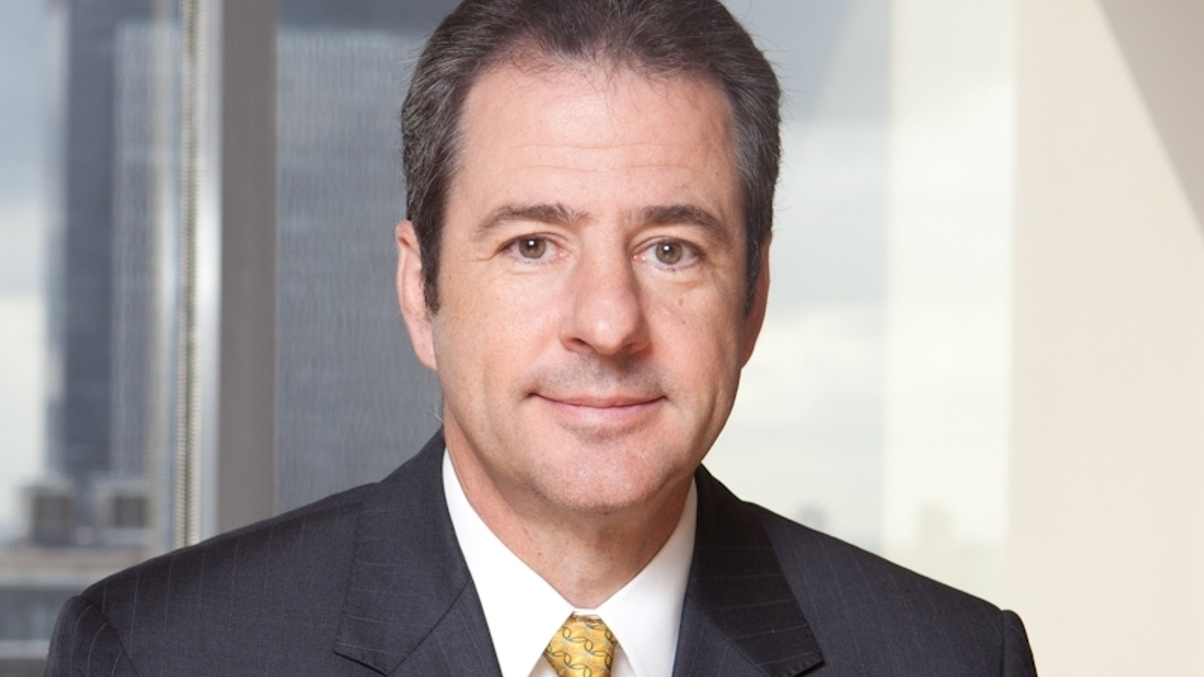ETF shakeout in Asia would not be bad: EY
Expectations of further ETF delistings in the region would point to a maturing industry, the consultancy argues. It still sees the growing market as up for grabs.

An expected shakeout among exchange-traded fund providers in Asia would not necessarily be bad for the industry as it points to a maturing market, says Ernst & Young.
Sign in to read on!
Registered users get 2 free articles in 30 days.
Subscribers have full unlimited access to AsianInvestor
Not signed up? New users get 2 free articles per month, plus a 7-day unlimited free trial.
¬ Haymarket Media Limited. All rights reserved.


